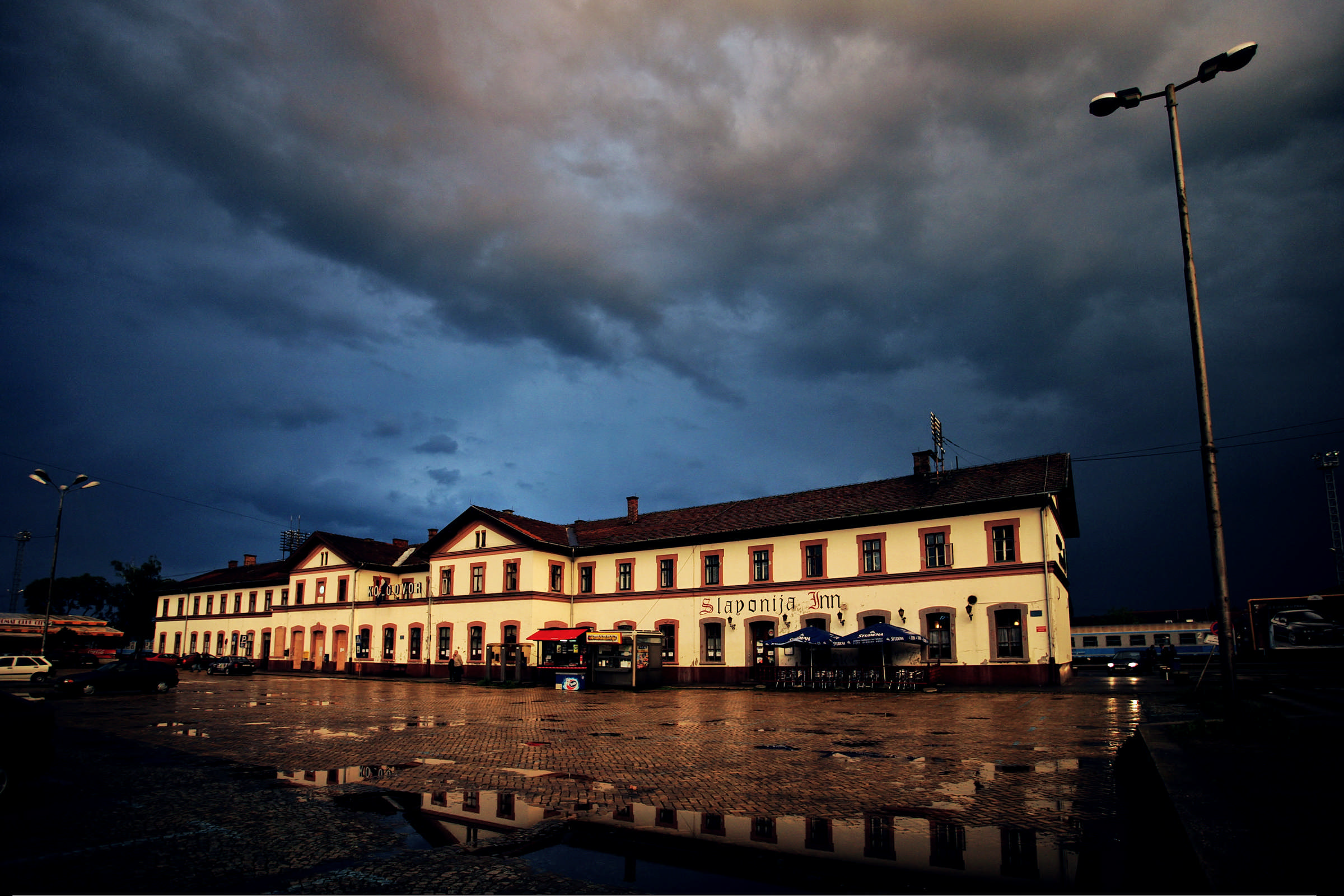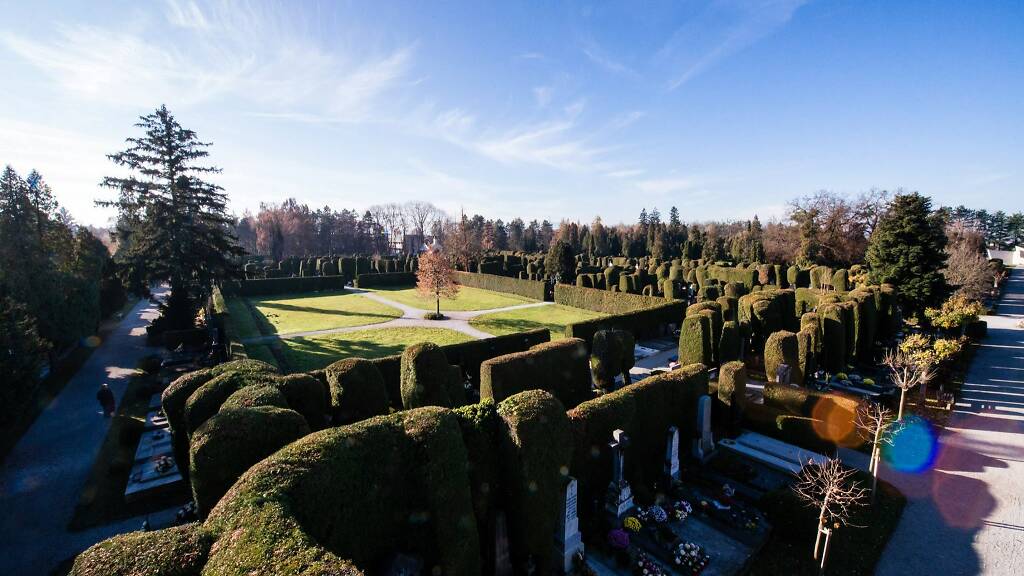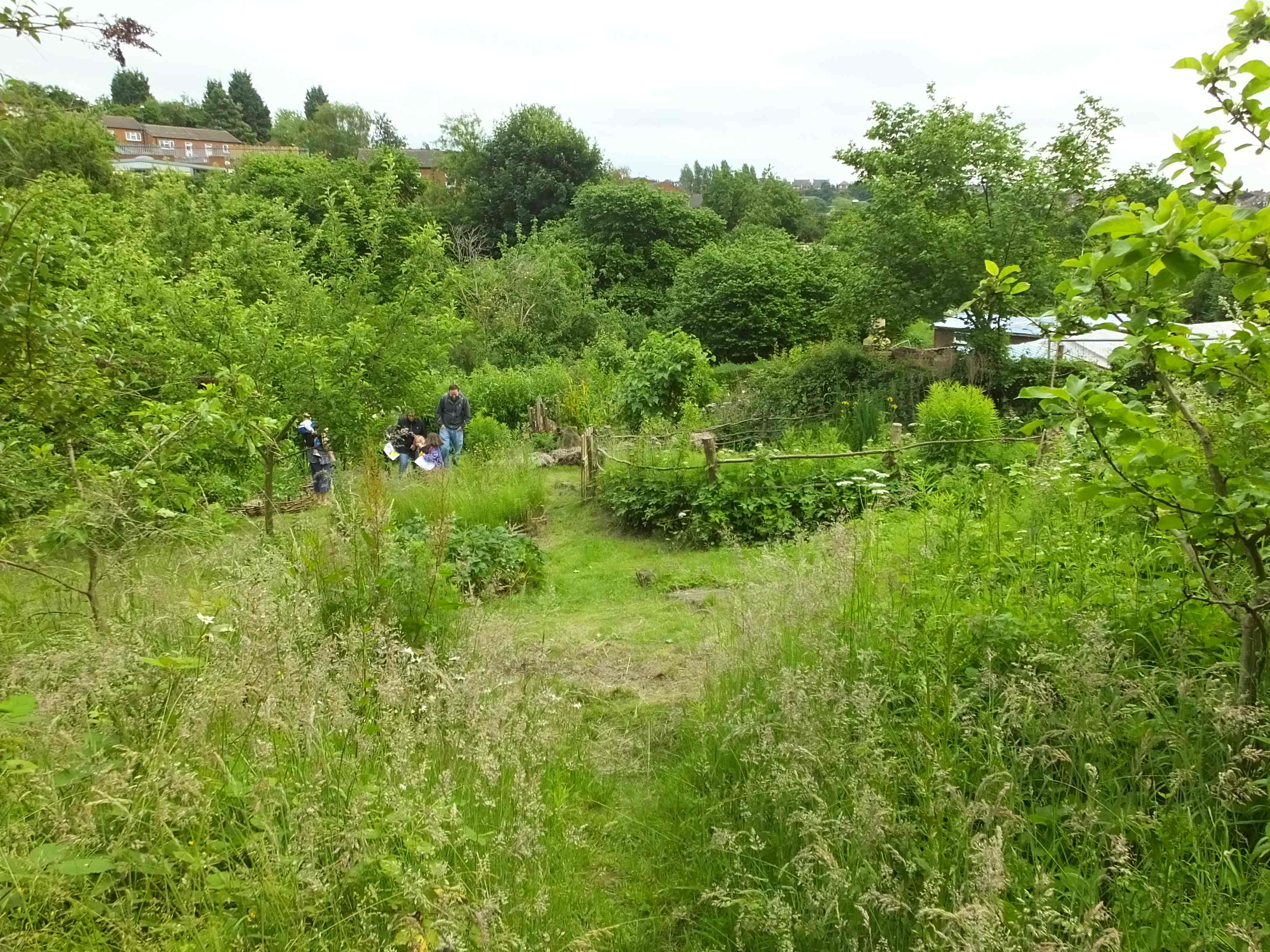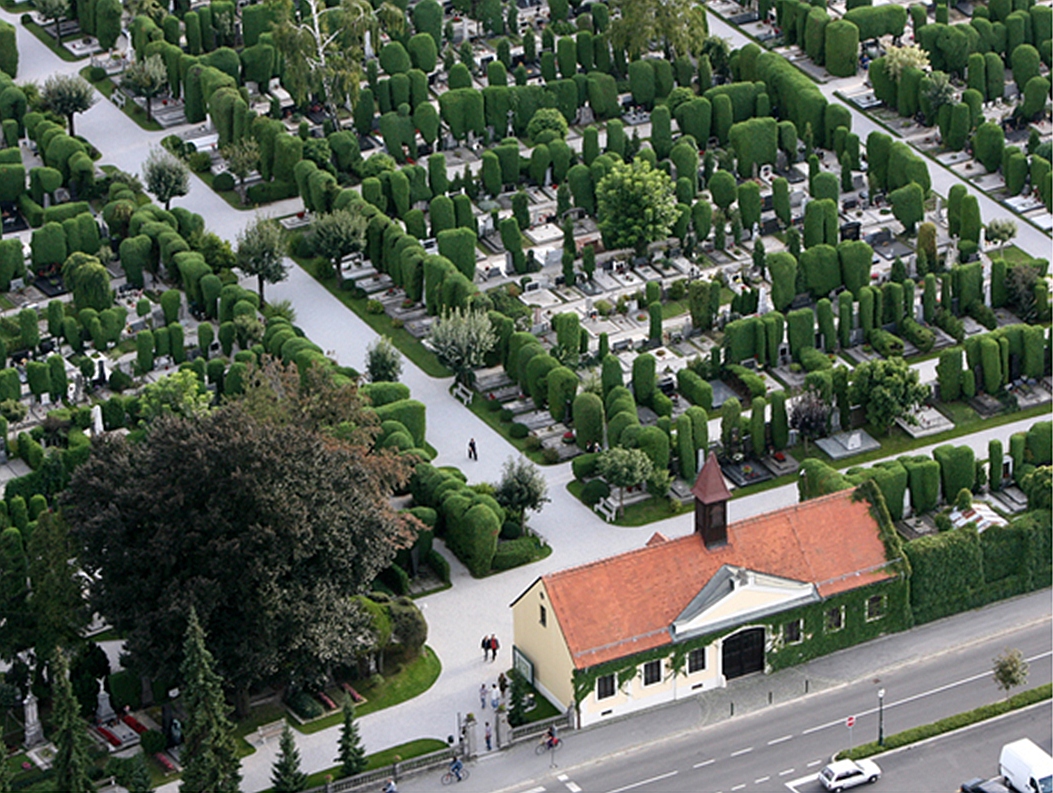Ministry: Seventeen Schools in Quake-Hit Area Postpone Start of 2nd Term
ZAGREB, 18 January, 2021 - At the start of the second school term in Croatian schools, slightly fewer than 180,000 pupils are attending face-to-face classes according to model A, while 17 schools in Sisak-Moslavina County have been given approval to postpone the start of classes.
According to the data from the Science and Education Ministry, a total of 150,636 pupils in lower grades of primary school and about 29,000 students in the fourth grade of secondary school are attending classes in schools.
Students in higher grades of primary school and in the first, second and third grade of secondary school have online classes.
The start of the second term has been postponed for sixteen primary schools in Sisak-Moslavina County and the Glina Secondary School.
There are 53 schools in Sisak-Moslavina County -- 37 primary schools, 13 secondary schools and three music schools, there are 14,704 pupils and 2,754 school workers. There are also 21 kindergartens attended by 3,489 children.
Following the devastating earthquake that struck the county on December 29, nine of those buildings are unusable, 12 are temporarily unusable, 12 are usable with certain parts of buildings still posing a risk, and 23 are usable without limitations.
Tomašević: City Administration Should Pay Attention to Safety of Schools
ZAGREB, 11 January, 2021 - The leader of the We Can! platform Tomislav Tomašević said on Monday that the Zagreb City Administration should pay more attention to the safety of schools and kindergartens since classes begin in a week.
A lot of buildings are still not safe for passers-by due to damaged chimneys, parts of the facade, roof tiles and bricks. This need to be cleared up urgently because citizens' safety is at stake, Tomašević told reporters in front of the Ivan Gundulić Primary School.
Over 170 buildings, he said, were damaged in March, and according to City Administration data allegedly only 13 still need to be reconstructed and the reconstruction is under way.
He added that the latest earthquake that hit the Petrinja area increased the damage sustained in March in the centre of the city, in Podsljeme neighbourhoods and in the south in Brezovica.
He said that the safety of schools and kindergartens had to be ensured in three ways.
According to Tomašević, the structural safety of buildings needs to be determined and presented to all parents, safe access to the buildings of schools and kindergartens must be ensured for children and everyone else, and greater safety of children must be ensured in case of new earthquakes, especially through a revision of the existing evacuation plans and protocols.
Asked whether he knew how many houses were destroyed in the Petrinja earthquake that had been reconstructed after the Homeland War, Tomašević said that those had not been isolated cases and that he did not know exactly how many but that the number was not low.
He said that a parliamentary commission of inquiry was needed and that they wanted for the commission to be a joint initiative by the opposition.
"We expect, since the prime minister said he wanted it to be investigated, that the HDZ and the ruling majority support it," Tomašević said.
All Full-Time Osijek and Baranja Students Get Free Train Travel
January 9, 2021 – From this year, full-time Osijek and Baranja students can get free train travel any time throughout their own county and for travel to educational centres anywhere in Croatia, in a new deal struck by the county and the national train operator
Once a sea bed, the vast flatlands of Slavonia are perfect for farming. At one time, this area was the breadbasket for much of Yugoslavia. It really wasn't so long ago that many folks left dry and dusty Dalmatia in search of employment and new lives on this fertile ground. Now, it's the other way round - Slavonian youth travel to the coast each summer in search of seasonal work. Others move to Ireland, Germany, Austria. Slavonia is losing many skilled younger people at an alarming rate. Increased mechanisation has reduced the need for labour in the area's agriculture. And, besides, most Slavonian youths are these days educated to a degree where their ambitions are greater than joining local agricultural endeavours.
In an area with limited possibilities, limited opportunities, education lies at the heart of survival in Slavonia. Local authorities know this and try to facilitate education as best they can. It is to that end that those in the Slavonian county of Osijek and Baranja have struck a deal with Croatia's national train operator to offer free train travel to all full-time Osijek and Baranja students.
Agreed upon at the end of last year, the scheme was implemented on 1 January 2021. Osijek and Baranja County has agreed to co-finance journeys for full-time Osijek and Baranja students who study not only within the county itself but across the whole of Croatia. Osijek train station © Romulić & Stojčić
Osijek train station © Romulić & Stojčić
Monthly tickets for travel within the county already held a discount of up to 65 percent given to full-time students by the train operator, depending on the route. The County has now agreed to pay the remainder of the monthly ticket for all full-time Osijek and Baranja students. To meet the requirements of this deal, the departing and destination stations must both be in Osijek-Baranja County. The free monthly ticket allows an unlimited number of trips on the route, meaning that Osijek and Baranja students can also use the train for free on recreational journeys within the county.
The second deal sees the County co-finance 50% of journey costs for full-time Osijek and Baranja students who study elsewhere in Croatia, with the train operator HŽ agreeing to grant a discount to cover the other 50 %.
In order to obtain a free (monthly or individual) ticket, it is necessary to first obtain a certificate from their Administrative Department for the Economy. To get the certificate, Osijek and Baranja students must submit a copy of their identity card, a certificate of full-time study and two completed application forms (these can be found on the county's website www.obz.hr). Requests can be made in person or by mail (Osijek-Baranja County, Administrative Department for Economy, Županijska 4, Osijek or on the e-mail: This email address is being protected from spambots. You need JavaScript enabled to view it.
Free tickets can thereafter be bought by Osijek and Baranja students at the box office, prior to travel, or on the train itself, upon producing the relevant and needed documentation.
Education Minister Says Focus on Organisation of Classes in Quake-Hit Area
ZAGREB, 4 January, 2021 - Science and Education Minister Radovan Fuchs said on Monday that around 50% of education facilities in the earthquake-hit areas of Sisak-Moslavina County were unusable and that work was under way to organise classes.
"There are 58 educational institutions in the area and there are 5,658 pupils in Glina, Petrinja and Sisak. So far 42 buildings have been inspected and nine are unusable, 11 are temporarily unusable, 22 are usable, so roughly 50% of the facilities are out of service," Fuchs said.
He said his ministry's activities in the coming period would be directed towards organising classes for pupils and students, noting that some children and education workers had to leave their homes due to damage caused by the December 29 earthquake.
An analysis is underway of the needs for computer equipment and it will be replaced, he said, adding that the ministry would take over a part of the cost of accommodation in dormitories for all students with permanent residence in the quake-hit area.
He noted that the ministry has secured HRK 4.5 million from its budget to buy 20 sets of seismographs and 20 sets of accelerographs for the Faculty of Science seismological service.
Minister says team formed to planned restoration of historical buildings
Culture and Media Minister Nina Obuljen Korzinek said that the historical centres of Sisak, Petrinja, Glina and Hrvatska Kostajnica as well as some 50 sacral buildings, including the Sisak cathedral, had been damaged in the earthquake.
She noted that a team had been formed to plan the reconstruction of the historical centres, notably in Petrinja, and that movable cultural heritage would be evacuated.
Obuljen Korzinek said that secular movable heritage would be stored at the Sisak Museum while the building of the Sisak Diocese would be used to store movable religious heritage.
The minister said that the systematic listing of damage would start on January 11 and last a week.
As for the local media, she said that buildings that used to house Radio Sisak and Radio Petrinja were not usable and that the two broadcasters had been given containers and had started to broadcast.
Education Minister: Some Schools Affected by Earthquake Have to Be Rebuilt
December 31, 2020 – After visiting schools in Sisak-Moslavina County on Wednesday, Science and Education Minister Radovan Fuchs estimated that some schools would have to be rebuilt.
Besides, as Hina reports, minister Fuchs said that some schools would be able to be restored.
"The situation in schools is bad. In Petrinja, some schools will have to be completely demolished, and some will be rebuilt. I don't know how fast schools will be rebuilt. A good part will have to be built anew," said the Minister.
More schools require complete construction
In the Sisak-Moslavina County, there are 53 schools (37 primary, 13 secondary, and three music) attended by a total of 14,705 students, and 21 kindergartens attended by 3,489 children. Due to the earthquake, five schools required complete construction, nine were significantly damaged, and 13 schools could be used with repairs.
The earthquake damaged the First Primary School in Petrinja and the High School located next to it. There have been significant collapses there, and they will, therefore, need to be rebuilt.
Although it was first assumed that five schools in the Sisak-Moslavina County would need to be rebuilt, the number is slightly higher. Namely, in addition to the two mentioned Petrinja schools, more schools also require complete construction: the Fran Lhotka Music School Sisak, the Sisak Vocational School, the Farkašić and Letovanić Regional Schools of the Mladost Primary School from Lekenik, the Ivan Goran Kovačić Primary School from Gora, and the Nebojan Regional School.
Students in Sisak won't be able to attend college
The Minister also visited the Glina High School, where the energy renovation has started from the outside, which will most likely be renovated.
In addition to that school, the schools that have significant damage are: the Sisak Gymnasium, Katarina Zrinska Mečenčani Primary School, both Viktorovac Primary and High School, Ivan Kukuljević Primary School, Sisak School of Economics, Budaševo-Topolovac-Gušće Primary School (Topolovac), Dragutin Tadijanović Primary School (Mošćenica Regional School), and Mate Lovrak Primary School in Petrinja.
Many other schools are damaged but have mostly cracked glass, smaller cracks, and broken furniture.
At the Faculty of Metallurgy in Sisak, the University of Zagreb, which is attended by 141 students, the estimated damage is eight million kunas. The estimated damage at the Faculty of Teacher Education, the University of Zagreb, which is attended by 600 students, is 1.5 million kunas. Teaching at both faculties will not be possible until the end of the summer semester.
Fuchs said funds for school reconstruction would be withdrawn from the European Solidarity Fund.
"Preparations need to start immediately so that the reconstruction can begin as soon as the funds are approved," he stressed.
'Luckily there were no children in schools'
When it comes to involving students in teaching, the Minister points out that all options will be examined.
"We will try to see all the options that are most acceptable and best, primarily for students. We will know that when everything is consolidated in a few days," the Minister said, adding that now, it must be identified where the students are.
"Luckily, in the accident, there were no children in the school. Now we will see where they will be accommodated," the Minister said.
Minister Fuchs visited the earthquake-stricken Petrinja, Sisak, and Glina with the County Head of Education Darian Vlahov, Petrinja High School Principal Milan Orlić, Dragutun Tadijanović Primary School Principal Davor Miholjević, Faculty of Teacher Education Dean Siniša Opić, the Vice-Dean Marko Badrić, and Glina High School Principal Marija Novosel.
Follow our live updates on the situation in Croatia's earthquake-hit areas here; find out how you can donate here.
Schools in Sisak, Petrinja and Glina Damaged, Five of them Completely Destroyed
December 30, 2020 – Due to yesterday's devastating 6,3 magnitude eathquake, schools in Sisak, Petrinja and Glina are damaged, and five of them are entirely unusable.
As Hina reports, Minister of Science and Education Radovan Fuchs said today that, in addition to the five unusable schools, nine of them would be able to be repaired, and thirteen will be able to function. Also, Minister Fuchs announced that he and his associates would visit the area today.
More than 5,000 students left without school buildings
"Five schools are completely unusable, nine will be able to be repaired, but serious reconstructions are needed. We have thirteen schools that will be able to function," Minister Fuchs told reporters ahead of a government session at the National and University Library.
Minister added that 3489 students were left without a school building in Sisak, and 1843 students in Petrinja. They will plan on how to organize the classes.
As TCN has learned, the First Primary School in Petrinja, located in the very center of the city, which was hit hard, was utterly demolished. Classes can no longer take place there because the roof of the building has fallen to the first floor of the school.
Petrinja High School's principal says he and three employees were at the school at the time of the earthquake. When the quake struck, the building began to collapse. They moved to a safe place and then went down to the schoolyard. The ground beneath them was still swaying. The walls were damaged and cracked. According to the principal's estimate, the entire school will need significant reparation.
'The return will not be easy'
The earthquake also caused great damage to the High School in Glina.
"At the time of the earthquake, several employees found themselves at the school and, thank God, came out unscathed at the last minute. I am afraid that the return will be neither easy nor so soon. The photos say it all. After visiting most of the classrooms and offices, we will need help," said Glina High School's principal on the school's Facebook page.
She was hit by an earthquake in the center of Glina, 15 minutes after she left her office at the school. Unfortunately, the retired school janitor and his son are among the dead.
The principal of Viktorovac High School in Sisak says the earthquake was really terrible.
Zagreb schools to accept students
As Jutarnji list reports, the head of the Zagreb City Office for Education, Ivica Lovrić, said that yesterday's earthquake did not cause significant damage to school buildings in Zagreb.
"All Zagreb schools will be able to accept students on January 18. The good thing is that after the earthquake in March, we rebuilt most of the damaged school buildings, so we have no major damage after yesterday's earthquake. We hope that the epidemiological situation will be such that in the new semester, we will start with model A, that is, school teaching," said Lovrić.
This morning, the structural engineer visited two regional schools in Brezovica, but apart from minor cracks in the walls, there is no damage.
Sister of Mercy Danijela Dinjar, principal of the Women's General Gymnasium, whose buildings are in Varšavska and Gundulićeva streets in Zagreb, confirms that yesterday's earthquake intensified previous damage that has not yet been fully repaired.
"The once walled door and part of the ceiling above the end wall of the building collapsed. Three classrooms are not for use, so in the second half of the year, we will teach in a building in Varšavska Street, and we will renovate the rest when we have the funds," says the principal, whose school is attended by 214 students this school year.
For more on the Petrinja earthquake, follow today's live updates. For more on how you can help, click here.
City of Varazdin Gets Croatia's First Community Orchard
October 27, 2020 – The City of Varazdin is planting Croatia's first community orchard – the space will bring together residents of all ages, provide free fruits and play a role in educating about organic produce and cultivation
The first community orchard in this part of Europe is being built in Varazdin. The community orchard will be situated to the west of the city centre, in the Haller alley, just behind the city cemetery. In the first phase, some 250 trees will be planted and be accessible to the public. Beautifully landscaped in the early 1900s by Herman Haller, the City of Varazdin cemetery is one of its best gardens. It contains works by internationally recognised Croatian sculptors Antun Augustinčić and Roberto Frangeš-Mihanović. Frangeš-Mihanović is responsible for the very famous statue of King Tomislav which faces the main train station in Zagreb. The Varazdin community orchard will be located in Haller's alley, just behind the cemetery © Parkovi d.d. Varaždin
Beautifully landscaped in the early 1900s by Herman Haller, the City of Varazdin cemetery is one of its best gardens. It contains works by internationally recognised Croatian sculptors Antun Augustinčić and Roberto Frangeš-Mihanović. Frangeš-Mihanović is responsible for the very famous statue of King Tomislav which faces the main train station in Zagreb. The Varazdin community orchard will be located in Haller's alley, just behind the cemetery © Parkovi d.d. Varaždin
A community orchard, sometimes known as a public orchard, is an increasingly popular use of public land in some areas of western Europe and North America. They are an asset shared by a community and not managed for personal or business profit.
A community orchard has many benefits - it increases community access to healthy, organic fruit, it teaches young people about food, organic produce, agriculture and cultivation and it allows ordinary people to develop cultivation skills. This is particularly useful to those who themselves own no land for growing. They also increase co-operation and inter-generational socialising within a community and can be made into focal points for community activities. St Ann's Community orchard in Nottinghamshire, England © Clem Rutter, Rochester, Kent. (www.clemrutter.net)
St Ann's Community orchard in Nottinghamshire, England © Clem Rutter, Rochester, Kent. (www.clemrutter.net)
However, community orchards are not always met with universal approval. Interest in community gardening and cultivation schemes can wane over time, especially if they are started without authorisation. The burden of taking care of such projects then falls on city authorities.
Thankfully, any objections to this brilliant idea in Varazdin have been removed – the Varazdin community orchard will be taken care of by the city's own parks authority. They will decide on which particular fruits and trees are to be planted. Anyone from the community can come and help themselves. City of Varazdin cemetery, behind which the community orchard will be placed © Turistička zajednica grada Varaždina
City of Varazdin cemetery, behind which the community orchard will be placed © Turistička zajednica grada Varaždina
Low-lying fruit trees and berries are often chosen for community orchards. Their height level means they are not out of reach for youngsters who are being educated in such areas, and harvest is made safer, easier and more accessible to all age ranges.
The community orchard in Varazdin will be arranged in expanding circles. The first planted trees are expected to bear their first fruits within just a few years. Some residents of Croatia might be of the opinion that their communities already have a community orchard. However, taking fruit from a neighbours trees, even if granted permission to do so, is something different to a community orchard, in which access to pick fruit is opened to the general public at any time, not just community members and with no prior agreement necessary. Stealing fruit from your neighbour's trees and bushes is certainly not comparable to a community orchard.
For the latest travel info, bookmark our main travel info article, which is updated daily.
Read the Croatian Travel Update in your language - now available in 24 languages
NP Krka Providing Books to Local Schools Through Praiseworthy Project
NP Krka is another one of those ''must visit'' places when in Croatia, and yes, there are many such destinations to be found here. The whole ''must see'' thing has become a little saturated over recent years, especially with the rise of self-proclaimed travel bloggers and social media influencers, however, there is much more to this stunning national park than just the ability to take artistic Instagram pictures.
NP Krka is involving itself in the education of school children in the Dalmatian county in which the park is situated through a praiseworthy project aimed at increasing kids' overall awareness of both protected areas and nature and the environment.
As Morski writes on the 3rd of April, 2019, the highly visited NP Krka actually launched the project "Let's fill up the school libraries" (Popunimo školske knjižnice), for primary and secondary schools of the Šibenik-Knin County back in 2007.
The aim of the project is to make the books published within the framework of this educational scope available to school-age children and other young people, so that they can contribute to their own respective awareness of the country's numerous protected areas and the need to take care of their surroundings, including the importance of the proper preservation of the environment.
Since back in 2007, VHS tapes and later on, DVDs covering a wide array of topics related to NP Krka and its environment and native wildlife and birds have been shared around numerous local schools within the aforementioned county in Dalmatia. In February this year, a total of 49 books were distributed to thirty-six primary and thirteen high schools in the county.
NP Krka's administration and staff believe that this year's gift to local schools will be used by students and their mentors and teachers not only as an additional teaching aid for the classroom but that it will also encourage children to go out and get to know and further explore the rich natural beauty and the cultural heritage of the beautiful NP Krka.
Make sure to follow our dedicated lifestyle page for much more.


